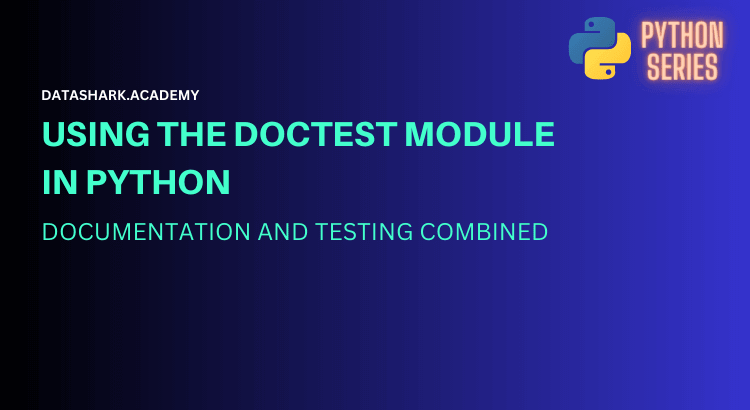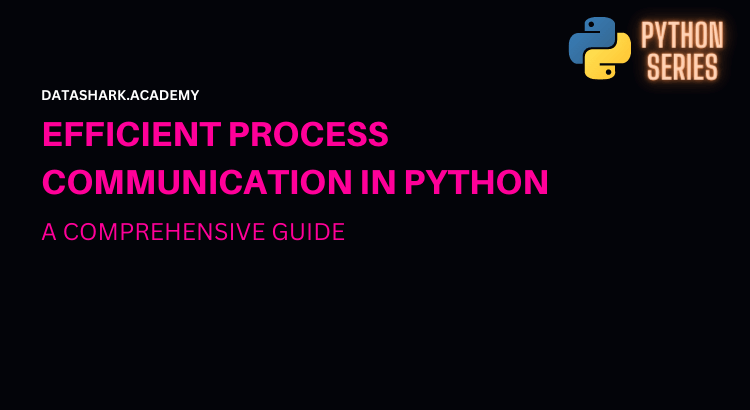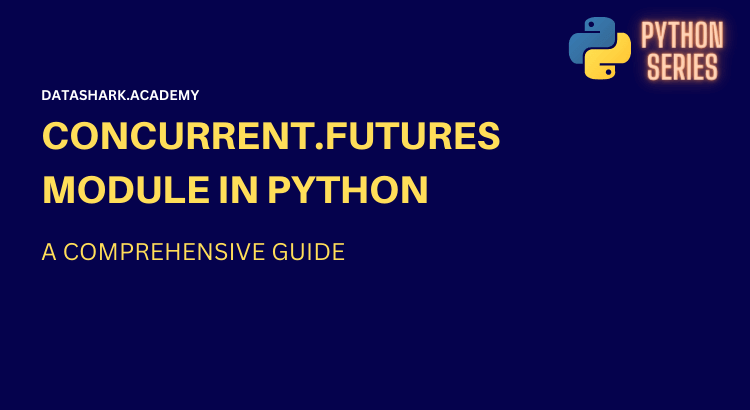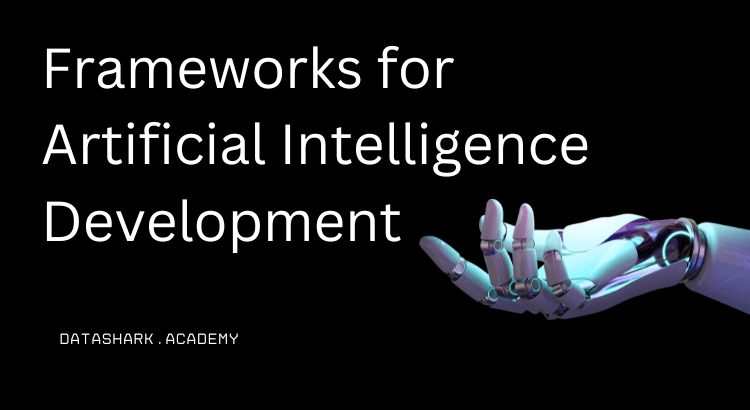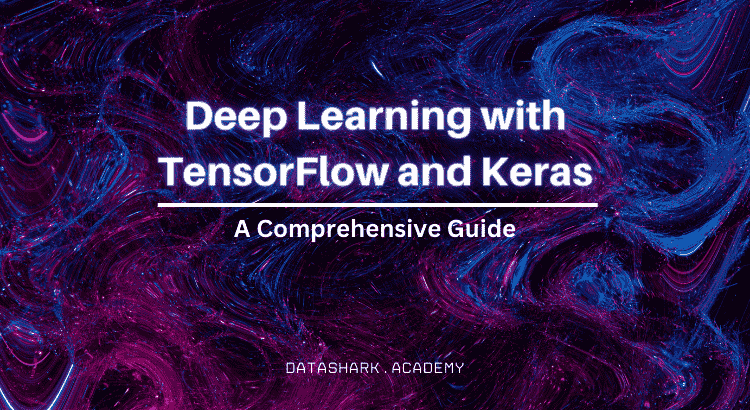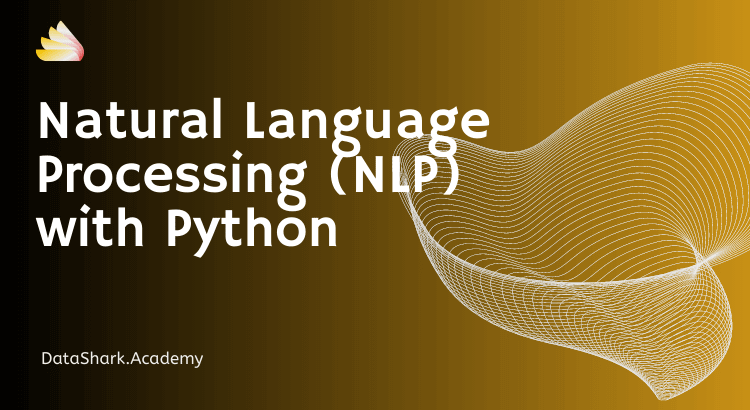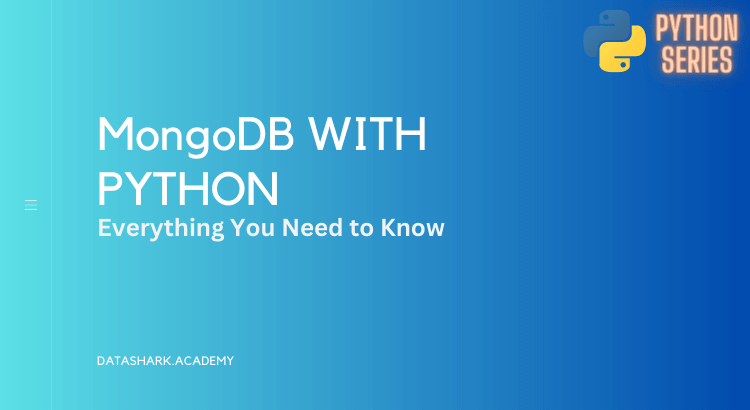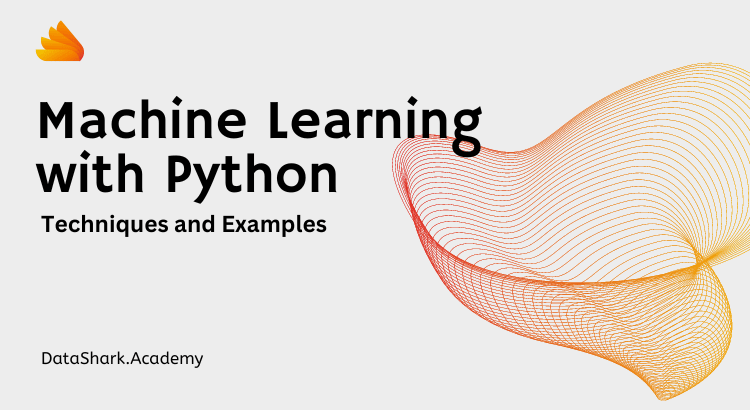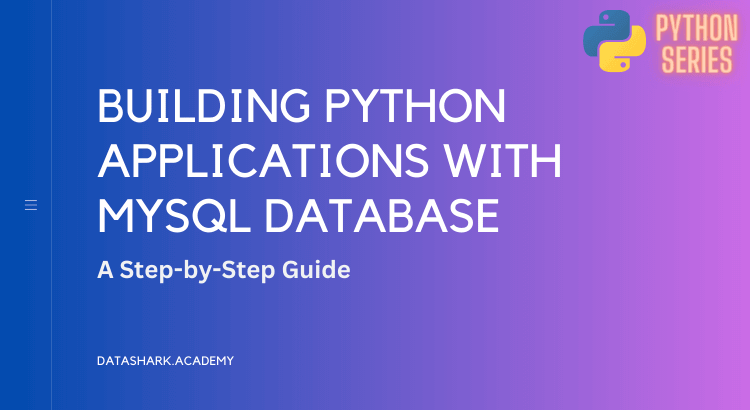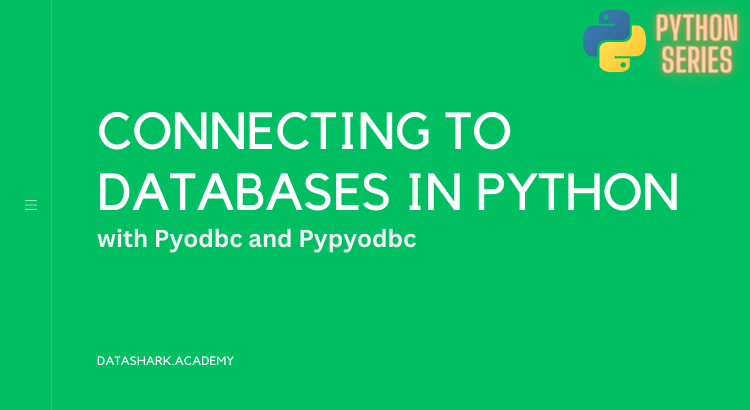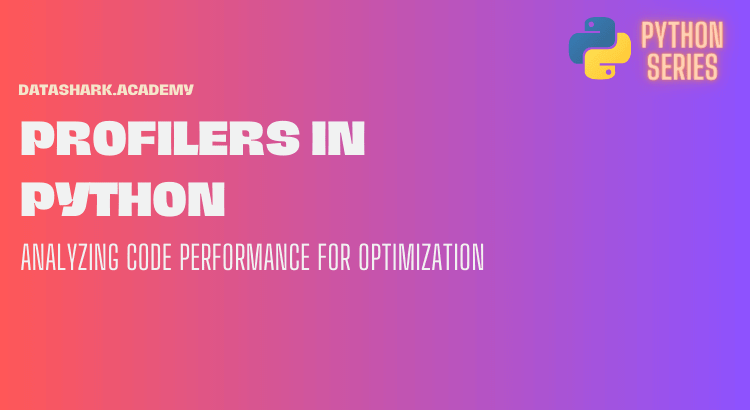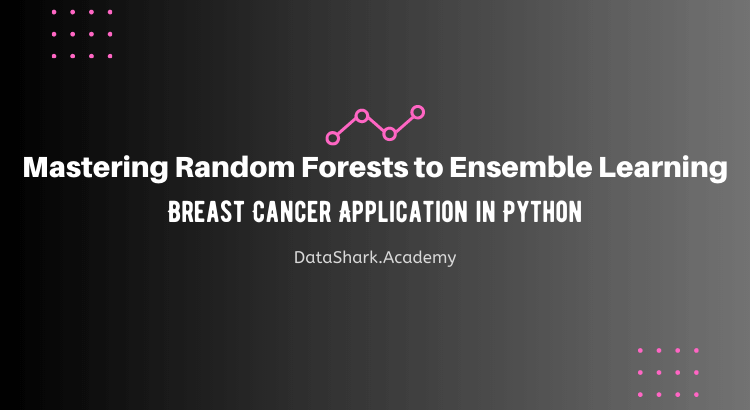The doctest module in Python provides a way to write tests within docstrings of functions, classes, and modules. These tests serve a dual purpose:...
Continue readingTag: Python
What is Python
Python is a popular high-level, interpreted, and dynamically-typed programming language. It was created by Guido van Rossum and first released in 1991. Python is known for its simplicity, readability, and versatility, making it a widely-used language in various domains, including web development, data science, machine learning, scientific computing, artificial intelligence, automation, and more.
Python has a large standard library that provides numerous modules and packages for various functionalities, making it easy to develop applications and solve complex problems efficiently. Python’s syntax is designed to be easy to understand and write, with a focus on code readability, which makes it a popular choice for both beginners and experienced developers.
Some of the key features of Python include its dynamic typing, automatic memory management, extensive standard library, support for multiple programming paradigms (such as procedural, object-oriented, and functional programming), and a large and active community of developers who contribute to its development and create third-party libraries and frameworks.
Python has a vast ecosystem of libraries and frameworks that extend its capabilities, such as NumPy for numerical computing, Pandas for data analysis, Django for web development, TensorFlow for machine learning, and many more. This makes Python a powerful tool for a wide range of applications and domains.
Overall, Python is a versatile, powerful, and user-friendly programming language that is widely used in various fields, making it a popular choice for developers, data scientists, researchers, and enthusiasts alike.
Whether you are new to Python or already familiar with the language, our blog will provide valuable insights, practical tips, and comprehensive tutorials to help you level up your Python skills and explore the vast possibilities of this powerful programming language. So, buckle up and get ready to embark on an exciting journey into the world of Python!
Efficient Process Communication in Python: A Comprehensive Guide
Process communication is essential when working with multiple processes in Python. It allows processes to exchange data, synchronize their actions, and coordinate their execution....
Continue readingA Comprehensive Guide to the concurrent.futures Module in Python
The “concurrent.futures” module in Python provides a high-level interface for asynchronously executing tasks in parallel. It simplifies the process of writing concurrent code by...
Continue readingA Comprehensive Guide to Multiprocessing in Python: Boosting Performance with Parallel Processing
Python’s multiprocessing module allows you to leverage the power of multiple processors or cores to execute tasks in parallel, resulting in significant performance improvements....
Continue readingEncryption and Cryptography in Python
In today’s digital age, where data is a valuable asset, ensuring its security and confidentiality has become a top priority. Encryption and cryptography are...
Continue readingReinforcement Learning with Python: A Beginner’s Guide
Reinforcement learning (RL) is a subset of machine learning that focuses on learning from an environment by taking actions and receiving rewards. It is...
Continue readingComparison of Different Python Frameworks for Artificial Intelligence Development
As artificial intelligence (AI) continues to gain momentum, the demand for efficient and user-friendly AI development frameworks is also on the rise. Several Python...
Continue readingDeep Learning with TensorFlow and Keras: A Comprehensive Guide
Deep learning is a subfield of machine learning that involves building and training neural networks to solve complex problems. It has emerged as a...
Continue readingA Comprehensive Guide to Python Libraries for AI Development: PyTorch, Scikit-learn, and NLTK
Artificial Intelligence (AI) has been one of the most fascinating and rapidly growing fields in recent years. Python, with its vast library ecosystem, has...
Continue readingIntroduction to Natural Language Processing (NLP) with Python
Natural Language Processing (NLP) is a field of Artificial Intelligence (AI) that focuses on enabling computers to understand, interpret and manipulate human language. NLP...
Continue readingMongoDB with Python: Everything You Need to Know
NoSQL is a type of database that is used to store and retrieve data that is not structured like a traditional relational database. MongoDB...
Continue readingA Beginner’s Guide to Machine Learning with Python: Techniques and Examples
Machine learning is a subset of artificial intelligence that involves developing algorithms and statistical models to enable computers to learn from data and make...
Continue readingBuilding Python Applications Using PostgreSQL
PostgreSQL is an open-source object-relational database management system. It is widely used in enterprise-level applications for its stability, reliability, and scalability. Python is also...
Continue readingBuilding Python Applications with MySQL Database: Step-by-Step Guide
MySQL is a popular open-source relational database management system used to store and manage data. Python is a powerful programming language that is widely...
Continue readingConnecting to Databases in Python with Pyodbc and Pypyodbc
Databases are an integral part of modern software development, and Python offers several libraries and tools for working with databases. One such library is...
Continue readingProfilehooks in Python: Profiling and Optimizing Your Code for Performance
What are Profilehooks? Profilehooks is a Python library that provides a simple and easy-to-use way to profile and optimize your Python code for performance....
Continue readingDecorators in Python: A Comprehensive Guide
Decorators in Python are a powerful feature that allows you to modify the behavior of functions or methods in a flexible and reusable way....
Continue readingUnderstanding Profilers in Python: Analyzing Code Performance for Optimization
Profiling is the process of analyzing the performance of a program or code to identify bottlenecks and optimize it for better efficiency. Profilers are...
Continue readingSupport Vector Machines (SVM): A Powerful Tool for Image Classification
Support Vector Machines (SVM) is a popular supervised learning algorithm used for both classification and regression tasks. SVM is particularly effective in solving complex...
Continue readingMastering Random Forests: A Comprehensive Guide to Ensemble Learning
Random Forests are an ensemble learning method that combines the predictions of multiple decision trees to make a final prediction. Each decision tree in...
Continue reading
